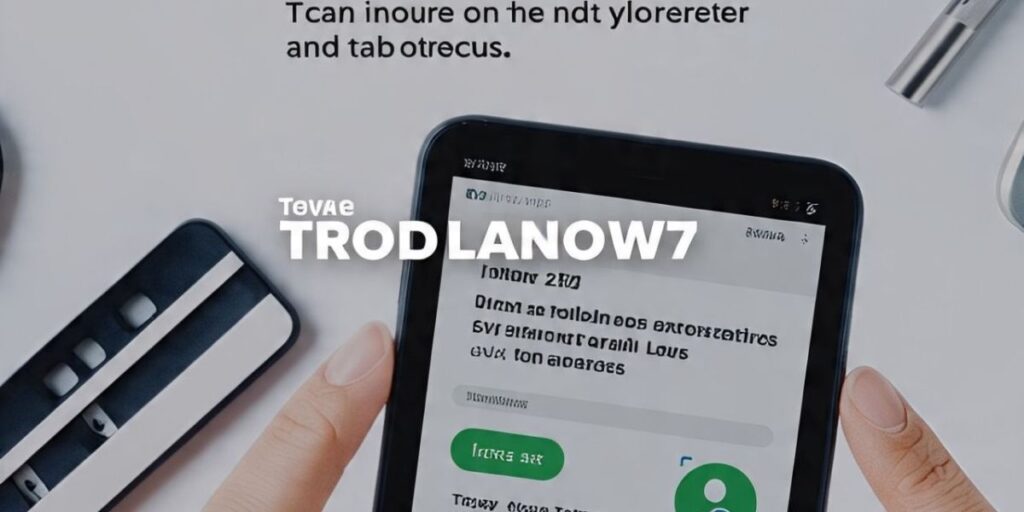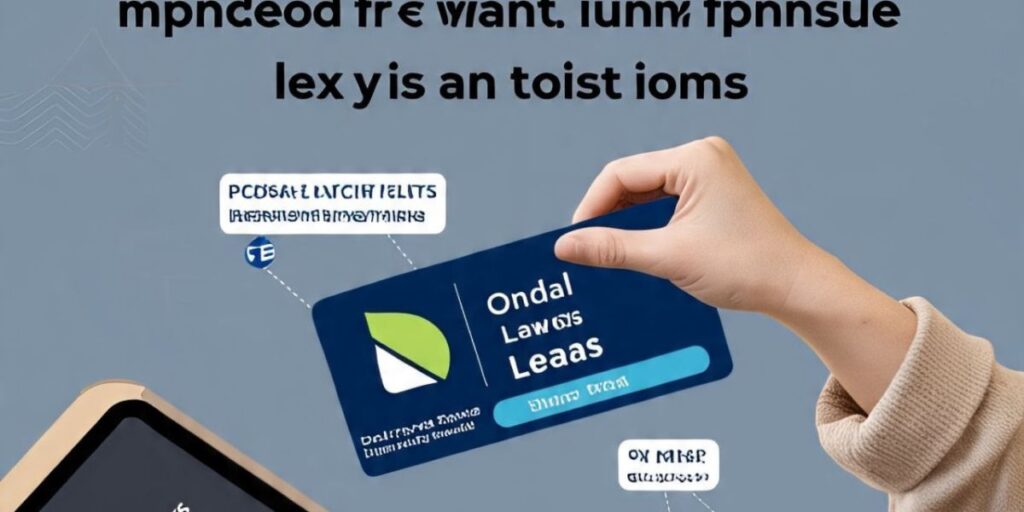Money problems don’t knock—they barge in. And when they do, people often turn to whoever’s within reach. For many in rural India (and even in some parts of the city), that’s not a bank—it’s someone down the street or a distant cousin with “extra cash.” No paperwork. No long queues. Just a word, a nod, and a handful of cash. Welcome to the world of on-demand loans.
But let me say this upfront: they’re not as harmless as they seem.
If you’re a young guy trying to handle life, bills, and maybe even a small business or family responsibilities, this is something you need to know. So let’s break it down.
1. What Are Ondal Loans, Anyway?

Ever heard someone say, “I’ll sort it with an ondal”? No? Then you probably didn’t grow up hearing aunties whisper about a neighbor “falling into debt” or uncles avoiding a local moneylender.
Ondal loans are informal, often undocumented, cash loans given by private individuals—usually neighbors, landlords, local shopkeepers, or sometimes even relatives. There’s no official agreement. No contracts. Just word-of-mouth, a verbal promise, and maybe a witness or two.
They might sound chill—until they’re not.
You see, this kind of borrowing lives outside the system. There’s no bank record. No RBI oversight. It’s just you and your lender and whatever terms they feel like setting.
And while that flexibility can help in an emergency, it also opens the door to abuse, manipulation, and…well, chaos.
2. How Do Ondal Loans Work in Rural India?
If you grew up in a city, the concept might feel a bit alien. But in rural India, it’s as normal as borrowing salt from a neighbor.
Here’s how it usually plays out:
You’re short on money—maybe for a crop cycle, a family wedding, or school fees. You talk to someone in the village who “helps people out.” They hand you ₹10,000, and just like that, you’re in debt. No forms. No ID verification. Sometimes, not even a due date.
Why do people trust this system?
- Community pressure: Everyone knows everyone. Reputation matters.
- Speed: Banks take time. Ondal loans? Done in minutes.
- Access: Many rural folks don’t have formal documents, so banks aren’t even an option.
But there’s a catch: no one forgets a borrower. And a casual agreement can turn into a nightmare if repayment doesn’t go smoothly.
3. Interest Rates Can Be Wildly High (Seriously, Brace Yourself)

This one’s a shocker for anyone used to fixed, predictable EMIs.
With on-demand loans, interest rates aren’t printed on any paper. They’re spoken—and often in hushed tones. But here’s the ugly truth: monthly interest can be as high as 5% to 10%.
Let that sink in.
A ₹10,000 loan at 10% monthly interest turns into ₹15,000 in just five months. And that’s assuming you’re only paying interest. If the lender compounds it—or charges you more for “delays”—you’re in deep water real quick.
Why are the rates so high?
- No collateral: The lender takes on more “risk.”
- No regulation: They can charge whatever they want.
- Demand is high: when you’re desperate, you don’t negotiate.
It’s a bit like buying water in a desert. Pricey. Risky. And you’re not sure it’s clean.
4. Repayment Pressure Is Real — and It’s Not Pretty
Here’s the part nobody tells you during that “friendly” loan discussion: if you don’t pay back on time, things can get ugly.
You might be thinking, “What’s the worst that could happen?”
Well, in many villages and small towns, public shaming is a common tactic. People have been humiliated in panchayat meetings. Some have had their names shouted out in marketplaces. Others face daily threats—or worse, their families get dragged into it.
Even if you’re in a city, lenders might:
- Call your employer or landlord
- Show up at your doorstep, uninvited and loud
- Spread rumors about you in the neighborhood
And because the loan isn’t legally documented, there’s no formal complaint process. Police? They’ll usually say it’s a “civil matter.” So you’re stuck.
5. Ondal Loans Have No Legal Protection — None. Zero. Zilch.

Let’s say you take an online loan, and something goes sideways. Maybe the lender’s asking for more than agreed. Maybe they’re threatening you. Can you file a case?
Technically? Sure. But good luck proving it.
Without a written agreement, the law sees it as a “he said, she said” scenario. Even if you go to court, you’ll need evidence: witnesses, messages, maybe even audio recordings. And let’s be real—not everyone has the time, money, or emotional bandwidth to drag this into a legal battle.
So what happens? Most people just pay—sometimes more than they ever borrowed—just to be left alone.
6. Still Popular in 2025? You’d Be Surprised
With all the digital banks, UPI, and Insta-payments floating around, you’d think on-demand loans would be a thing of the past.
But here’s the twist: they’re still thriving, especially in places where
- Banks are 10 km away (and closed half the time)
- People don’t have PAN or Aadhaar cards
- Local folks just don’t trust formal systems
Even in urban pockets—especially in informal settlements or among migrant workers—ondal-style lending is alive and kicking. It’s fast, familiar, and—ironically—feels “safe” to people used to being shut out of the banking system.
So yeah, it’s 2025. But for many, it still feels like 1995 when it comes to borrowing.
7. What Are the Safer (and Smarter) Alternatives?

Look, emergencies don’t wait for paperwork. We get it. But that doesn’t mean you have to throw yourself to the wolves.
These digital lending apps are a much safer bet—and they’re designed for young people who need quick cash:
- CASHe—Quick approval, fair rates, especially good for salaried folks
- KreditBee—Super flexible, even offers credit to new users with no history
- Cred—Best if you’ve already got a credit card and good repayment behavior
These platforms are:
- Regulated by the RBI
- Transparent about interest rates
- Accessible via your phone—no middlemen
Sure, they’ll ask for documents. But they also protect you. And that peace of mind? Worth it.
Final Thoughts: Borrow Smart, Not Scared
Let’s be honest: sometimes borrowing is the only option. No shame in that. But there’s a huge difference between borrowing smart and getting cornered by someone with a loud voice and zero ethics.
Ondal loans might feel easy, but they can cost you peace, pride, and way more money than you imagined.
If you’re in a tight spot, take a breath. Ask questions. Look for regulated options. And if someone ever tells you, “No need to worry, it’s just between us,” that’s your red flag.
Because when it comes to money—and your mental health—there’s no such thing as “just between us.”






